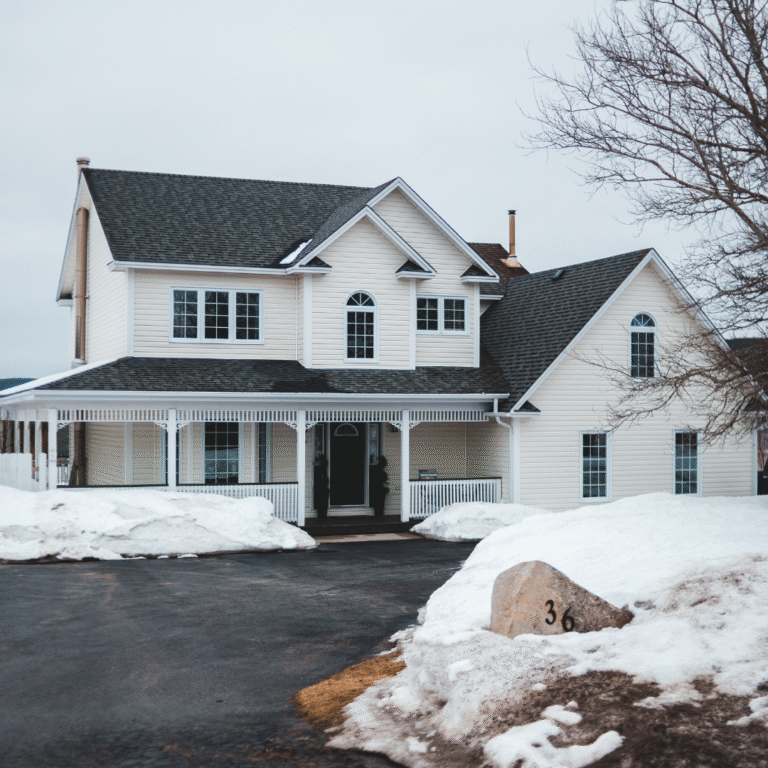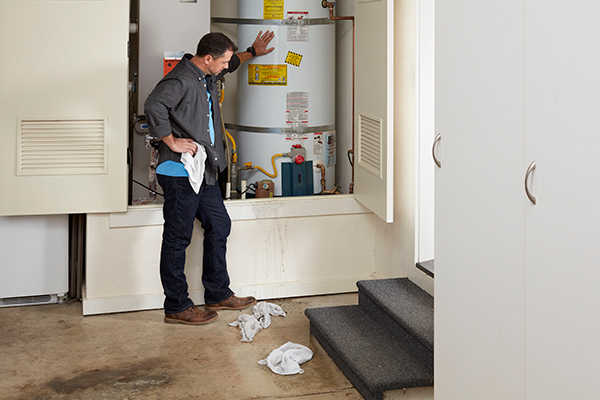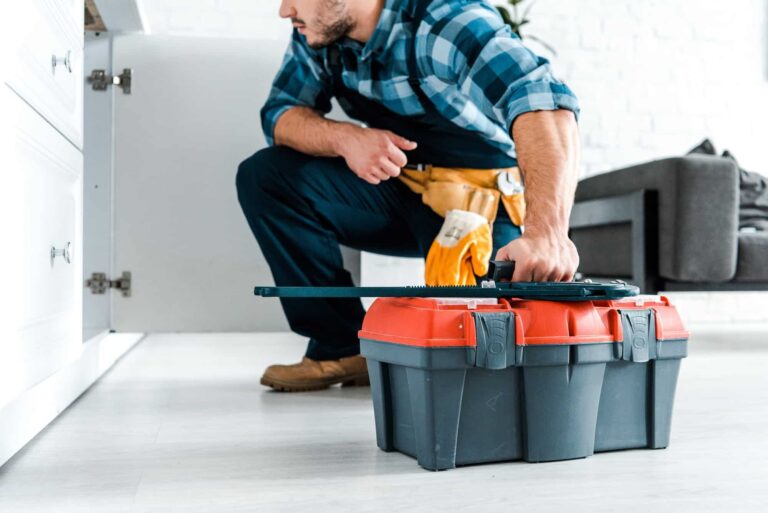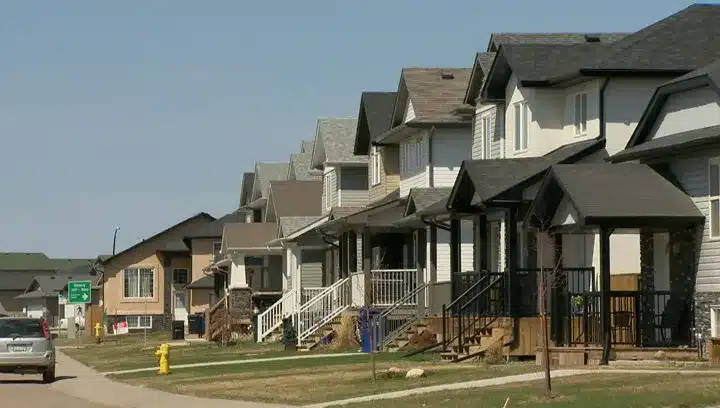When the temperatures outside plummet, the last thing you want is your furnace blowing cold air into your home. Unfortunately, this is a common heating issue that homeowners in colder climates face, especially when furnaces go without regular maintenance or when components begin to fail. If you’re dealing with this frustrating situation, here are some of the most common reasons your furnace may be misbehaving—and what you can do about it.
Thermostat Settings Are Incorrect
It might seem simple, but one of the most overlooked issues is the thermostat. If your fan is set to “ON” instead of “AUTO,” it will continuously blow air—even when the furnace isn’t actively heating. This could make it feel like your furnace is blowing cold air when in reality, the air just isn’t being heated during every cycle.
What to Do:
Double-check your thermostat settings and switch the fan to “AUTO.” Also, make sure the temperature is set higher than the current room temperature.
Dirty Air Filter
A clogged or dirty air filter restricts airflow, which can cause the heat exchanger to overheat and shut off prematurely as a safety measure. When this happens, your furnace may continue blowing air, but it won’t be warm.
What to Do:
Replace your furnace filter regularly—ideally every 1 to 3 months during heating season—to maintain airflow and avoid this issue.
Pilot Light or Ignition Failure
Older gas furnaces use a pilot light, while newer models have electronic ignition systems. If either fails, your furnace won’t ignite, and you’ll end up with a furnace blowing cold air instead of heat.
What to Do:
Check if the pilot light is out or if your system is giving an ignition error. In most cases, it’s best to call a professional for a safe inspection and repair.
Overheating Furnace
When a furnace overheats, it automatically shuts off the burner as a safety precaution but may continue running the blower. This often results in cold air coming from your vents.
What to Do:
Overheating is usually caused by restricted airflow, dirty burners, or a malfunctioning blower motor. Regular maintenance can prevent these issues from occurring.
Leaky Ductwork
Cracks or leaks in your ductwork can allow cold air from unheated areas (like your attic or crawlspace) to enter the system, diluting the warm air your furnace produces.
What to Do:
Inspect your ductwork for visible damage, or schedule a duct inspection with an HVAC technician to seal leaks and improve efficiency.
Fuel Supply Issues
If your gas furnace isn’t receiving enough fuel, it may fail to ignite or heat properly. This could be due to a closed gas valve, a faulty gas line, or a more serious supply issue.
What to Do:
Ensure the gas valve is open. If you suspect a gas supply issue, contact your gas provider or a certified HVAC technician immediately.
When to Call a Professional
While some issues like thermostat settings or air filters are easy to fix yourself, many causes behind a furnace blowing cold air require professional diagnosis and repair. At Pro Service Mechanical, our licensed HVAC technicians can quickly pinpoint the issue and restore your comfort with reliable heating solutions.
Prevent It from Happening Again
The best way to avoid furnace issues is through regular heating maintenance. A yearly inspection helps ensure your system is clean, efficient, and ready for whatever winter throws at it.
Is your furnace blowing cold air? Contact Pro Service Mechanical today to book your furnace inspection or emergency repair!




